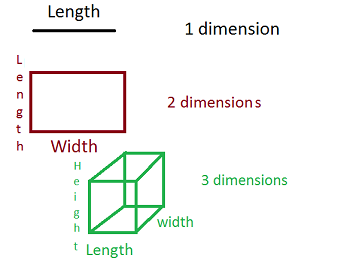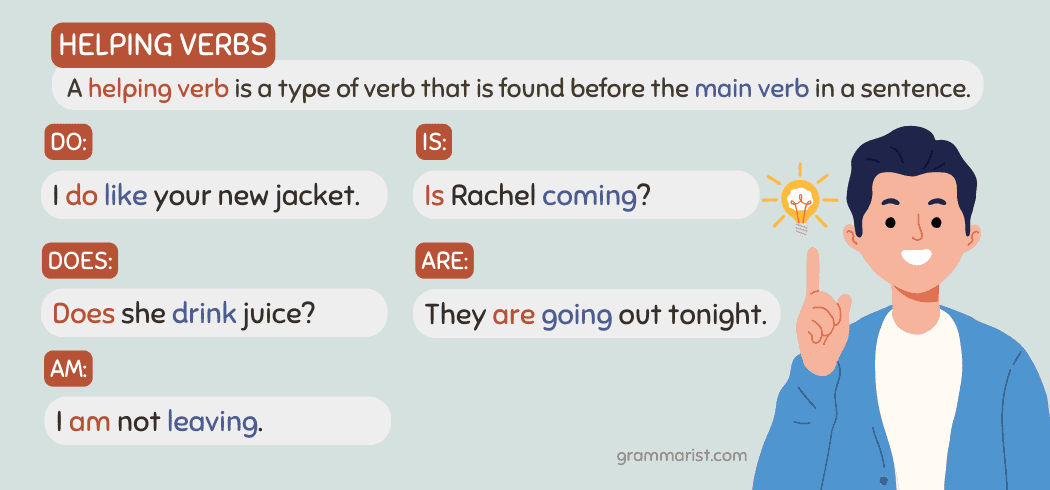Is Michaels Going Out of Business? What Shoppers Need to Know in 2025
Understanding Michaels’ Current Status in 2025
In recent months, rumors and concerns have emerged about the future of craft retailer Michaels, especially following a series of major retail closures within the arts and crafts industry. Customers and crafters who depend on Michaels for supplies have become increasingly anxious about whether the company itself is at risk of going out of business. This article provides a comprehensive, fact-checked overview of Michaels’ current business status, recent developments, and practical advice for navigating changes in the craft retail landscape.

Source: ar.inspiredpencil.com
Recent Store Closures: Fact vs. Fiction
As of spring 2025, Michaels has announced the closure of select individual locations, such as its Shirley, New York, store. Official signage at the store confirms this is a single-location closure and not part of a company-wide shutdown. Michaels continues to operate multiple stores in the region and across the country, with nearby alternatives available for affected shoppers [1] . The company has also reassured customers that it looks forward to serving them at other locations.
It is important to recognize that store closures are not uncommon in retail, particularly as companies adjust their real estate portfolios to respond to changing market conditions. For Michaels, these closures appear to be selective and strategic , rather than indicative of a broader bankruptcy or full-scale wind-down [1] .
Industry Context: Changes Among Craft Retailers
The broader craft retail industry has seen significant disruption in 2024 and 2025. Major competitors such as Party City and Joann have filed for bankruptcy and liquidated hundreds of stores nationwide. Party City closed nearly 700 stores, while Joann shuttered approximately 800 locations after bankruptcy proceedings [2] . These developments have left many crafters with fewer options and have increased scrutiny on Michaels’ stability.
Despite these industry upheavals, Michaels has not announced any plans for mass closure or bankruptcy. In fact, recent reports suggest the company has gained customers as a result of rivals’ shutdowns, with a 2.3% increase in same-store sales attributed to new customers seeking alternatives after the loss of Joann and Party City [3] .
Business Developments and Future Plans
Michaels has undergone several strategic changes in recent years. In 2021, the company was acquired and taken private by Apollo Global Management, a major private equity firm [2] . While private equity ownership can sometimes lead to financial restructuring and store closures, there is currently no public evidence that Michaels is planning a total shutdown.
Instead, Michaels appears to be expanding its product offerings and leveraging opportunities created by competitors’ exits. The company acquired the intellectual property and private label brands of Joann, adding more than 600 new fabrics, sewing, and yarn products to its assortment. Additionally, Michaels plans to significantly expand its party supply selection online and in stores [2] .
These moves indicate a strategy of consolidation and growth rather than retreat. However, Michaels, like many retailers, faces challenges such as higher tariffs and changing consumer behavior, which could impact future decisions [3] .
How Store Closures Affect Customers
For customers, the closing of specific Michaels locations can be disruptive, particularly in areas with limited alternatives. If your local store is closing, here’s how you can adapt:
- Find Nearby Locations: Use the official Michaels store locator on their website to check for nearby stores that remain open. If you are uncertain about the website address, search for “Michaels store locator” using your preferred search engine to avoid phishing sites.
- Shop Online: Michaels offers a robust online shopping platform with delivery and in-store pickup options. You can browse their expanded product lines – including new fabrics and sewing supplies – directly through their main website.
- Seek Alternative Retailers: If no Michaels location is convenient, consider general craft suppliers, local independent craft stores, or large retailers with craft sections. Be sure to verify store hours and inventory before visiting.
- Watch for Final Sales: When a specific Michaels store is closing, all sales may be final. Take advantage of closing discounts, but keep in mind that typical return policies may not apply [1] .
Step-by-Step Guidance for Finding Craft Supplies After Store Closures
If you are affected by a Michaels store closure, follow these steps to ensure uninterrupted access to craft supplies:
- Identify Your Needs: Make a list of the craft supplies you typically purchase at Michaels. This will help you search for alternatives efficiently.
- Search the Official Michaels Website: Visit the verified Michaels website and use the store locator feature. If you are unsure of the web address, search for “Michaels official website” and look for a result with the company’s name and a secure (https) connection.
- Check for Online Promotions: Michaels frequently offers online coupons and deals. Sign up for their official email newsletter or app to receive the latest promotions.
- Explore Other Craft Retailers: Search for other national or regional craft stores. Consider checking customer reviews and ratings for reliability and product selection.
- Leverage Community Resources: Local community centers, libraries, or schools may host craft supply exchanges or recommend independent craft shops nearby.
- Consider Alternative Channels: Online marketplaces, such as those run by established retailers, often carry craft and DIY supplies. Always verify seller credibility and return policies before purchasing.
Potential Challenges and Solutions
Customers may encounter several challenges when their local Michaels shuts down:
- Lack of Nearby Alternatives: In regions with few craft retailers, customers may need to rely more heavily on online ordering. To minimize shipping costs and delays, group purchases with friends or neighbors when possible.
- Unfamiliarity With Online Shopping: Some shoppers may be new to online ordering. Consider contacting Michaels’ customer service for assistance or seeking guidance from tech-savvy friends and family.
- Final Sales and No Returns: Remember that all sales in closing stores are typically final. Double-check item sizes, compatibility, and project requirements before purchasing sale items [1] .
For further support, you may wish to contact Michaels’ customer service directly – phone numbers and official contact information are available on their verified website. If uncertain, search for “Michaels customer service” using your preferred search engine to avoid scam sites.
Alternative Approaches and Future Outlook
While some industry observers have speculated about the long-term viability of large craft retailers, current evidence suggests Michaels is pursuing consolidation and expansion rather than a full exit from the market [2] . As the company adapts to new consumer trends, such as increased online shopping and demand for party supplies, shoppers may benefit from greater convenience and a broader product selection in both physical and digital formats.

Source: thelist.com
Craft enthusiasts should stay informed about local store changes and remain flexible in sourcing supplies. Monitor industry news, subscribe to official company updates, and engage with crafting communities for timely information and support.
Key Takeaways
- Michaels is not going out of business as of 2025, though some individual stores have closed for strategic reasons [1] .
- The company is expanding its product lines and acquiring assets from former competitors, indicating ongoing investment [2] .
- Customers affected by store closures have multiple options, including shopping online, visiting other locations, or seeking alternative retailers.
- For the latest updates, always use official search terms and verify website authenticity before making purchases or contacting customer service.
References
MORE FROM eboxgo.com













